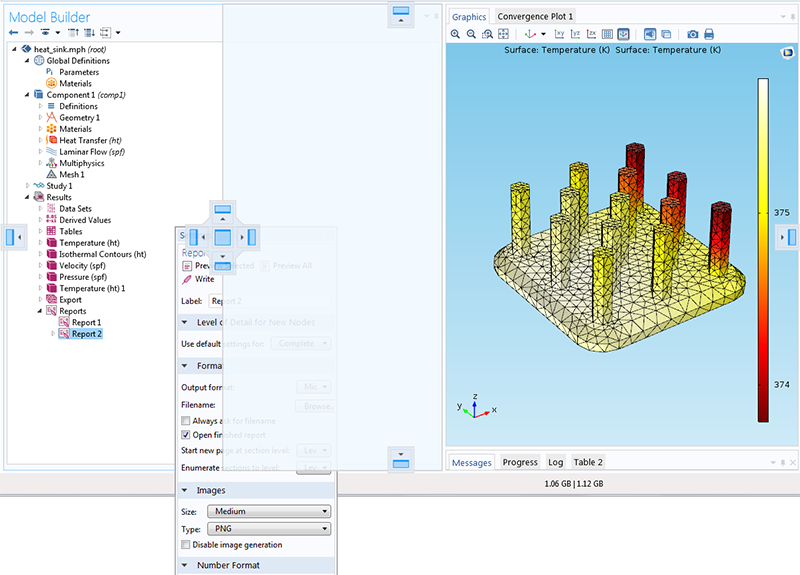

Another option is for engineers to attend only the sessions of interest. Engineers can take all seven sessions for an excellent introduction to solving problems with COMSOL Multiphysics. Our introductory training class on COMSOL Multiphysics is taught as seven (7) separate sessions. Data for curves saved in the Excel data file format.ĪltaSim Technologies combines consulting and training to help our clients be as independent from us as they choose to be. Selecting file type to write data for the curves.įigure 7. Other formats, such as CSV (Comma-Separated-Values) files (*.csv), data files (*.dat), or Microsoft Excel® workbook (*.xlsx) are also available.įigures 6 and 7 show the settings and the format of the CSV data file.įigure 6. Data file format written using single precision option and append data as columns.īy default, the file type for the exported data is text file (*.txt). Adjusting Settings to write data in a single precision format and append multiple curves as columns.įigure 5.
#Comsol 5.3 export plot software#
This format can be more convenient for use as input to interpolation functions and for further processing in external software products such as MATLAB® and Excel®.įigure 4. This will create a data file where all the curves’ coordinates appear in columns the first one for the common x-coordinate values and subsequent columns, and one for each curve’s y-coordinate values, as shown in Figure 5.
#Comsol 5.3 export plot full#
To limit the precision to six significant figures, expand the Advanced section in the Settings window and clear the Full precision check box as shown in Figure 4.Īlso, to output multiple curves using a separate column for each curve, choose the Append as columns, as shown in Figure 4. Default data text file structure for export of multiple curves.īy default, the data are written into a file using the double precision option. The application is based on advanced numerical methods. Review all of the AC/DC Module updates in more detail below. COMSOL Multiphysics is a platform for creating models and simulation of problems based on physics. Settings window for exporting plot.įigure 3. For users of the AC/DC Module, COMSOL Multiphysics ® version 5.3 brings a new Electrostatics, Boundary Elements physics interface, a new Stationary Source Sweep study step, and several new tutorial models. The structure of the exported text file is shown in Figure 3.įigure 2. The Messages window confirms where the file is exported as specified in the File section. Then click the Export button in the Settings window. In the Settings window, click Browse… this defines the location and name of the file. This will add a Plot 1 sub-node under the Export node, as shown in Figure 2. To export the data behind the curves, right-click Global 1 plot sub-node and select Add Plot Data to Export.

Example of multiple curves on the same plot. These data can also be compared to data in another COMSOL Multiphysics analysis.įigure 1. Exported data can then be used in third party software, e.g., MATLAB® or Excel®. Many plots that simulation engineers develop contain multiple curves, e.g Figure 1, and there is a need to export the data forming the curves to text files.

A simulation engineer can significantly improve their understanding, and better communicate that understanding, when they have mastered the skills of post processing. This step represents the payoff from all the hard work of the previous steps, and it drives the deeper understanding of the design that engineers obtain though simulation. Learn about other useful tools for postprocessing in COMSOL Multiphysics ® on the blog.Post processing is the last of the five primary steps of simulation development. We discuss the study types that precipitate animations, including: Of course, to create animations, you need multiple results. We also recommend producing the animation in the Graphics window first to see how it looks before exporting it to a file. To export a quality animation, it is important to adjust the number of frames, frame rate, and resolution of your animation. In this video, we go over the basics of creating and exporting animations and discuss a few best practices. Whether you are showing your results in a presentation, on the web, or as a standalone video file, exporting animations will help you get your point across. Showing visually engaging animations can be extremely valuable when conveying the results of your COMSOL Multiphysics ® model.


 0 kommentar(er)
0 kommentar(er)
